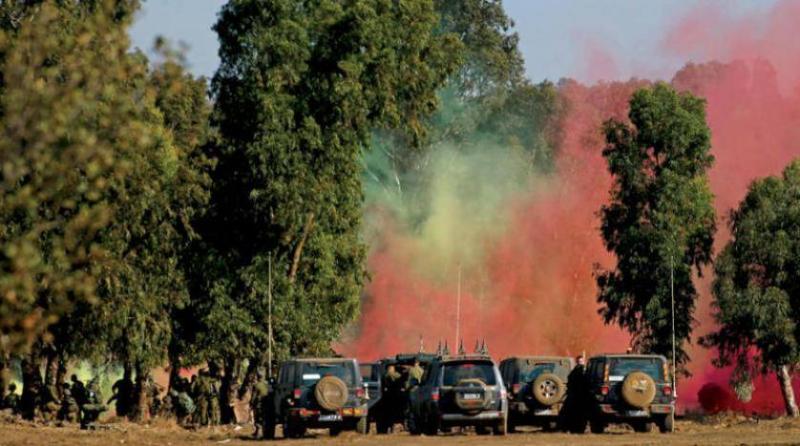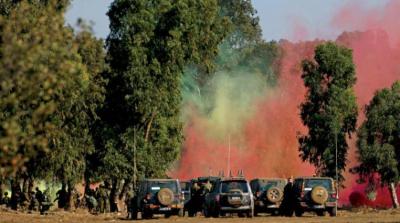An Israeli military intelligence report mentioned that Iranian entities have sent bags filled with dollars to various groups in the southern Syrian towns in the regions of Horan and the Golan in recent months, with the aim of recruiting them for their political and ideological goals. The report indicated that the money reached several community leaders in the city of Sweida, home to the Arab Druze community, some of whom have been known to support the regime, showing a shift towards Iran and Hezbollah. Additionally, the funds reached leaders in the town of Qirfa, where Iran succeeded in converting the Sunni sect to the Shia sect, as well as other entities seeking to recruit or convert them to facilitate Hezbollah's missions.
The "Information Center on Intelligence and Terrorism Named After Major General Meir Amit" in Tel Aviv published a detailed report last year about Iranian activities to convert Sunnis to Shia in Syria, discussing a "massive settlement campaign" across various Syrian territories. The new Israeli intelligence report views Iranian activity as currently expanding, particularly in the southern and eastern regions, as well as near the Lebanese border, where they are buying homes and land in large numbers and bringing in new residents from Iran or other Shia populations from various countries in the region, such as Iraq, Afghanistan, Yemen, and others. They exploit the poverty and financial distress of local populations by establishing charitable organizations to entice residents.
The report compares Iranian activity to Israeli settlement activities in the West Bank and East Jerusalem, noting that illegal Iranian settlement outposts are established and later legitimized with the endorsement of several Syrian army officers in those areas. It states that "the flight of millions of Syrians from their homeland has left a huge demographic void, currently being filled by thousands of Iranians from their militias flooding into Syria, as well as thousands of Syrian soldiers and officers who leave the regime's army to pledge allegiance to Iranian officers."
Although the report indicates that this Iranian activity raises concerns for Bashar Assad's regime, it simultaneously holds the regime accountable. It criticizes the regime for failing to address the tragedy of poverty and deprivation caused by the war, marked by a lack of jobs and deteriorating economic conditions, while imposing new taxes on the population and pursuing young men who evade military service, leaving people in desperate need of support from any source.
The report expresses that this activity also causes concern for Israel, Russia, and several countries in the region. Israel, which combats Iranian military positioning in Syria, finds no effective means to combat Iranian civil settlement. Citing several Israeli military leaders monitoring these phenomena, it asserts that "the model that succeeded in Lebanon, making the southern region completely under Hezbollah's control, is being replicated in southern Syria." They argue that "it is only a matter of time before southern Syria becomes a front against Israel and other regional countries." Plans to face this development are being discussed.
Moreover, the report indicates that Russia is also worried about Iranian activity but does not combat it. Sometimes, it aligns with it, making agreements to distribute roles between itself and the Iranians in certain areas and merely seeks to impose limits on Iranian expansion there.
The Israeli military intelligence report includes a section on its activities to monitor and observe Iranian activity, revealing that Units 8200 and 504 of the "Aman" (the military intelligence division of the Israeli army) established a center for themselves in the occupied Syrian Golan, deploying advanced electronic devices along the border and using various monitoring means. It notes that “the joy over ISIS’s expulsion from southern Syria seemed hasty, as its alternative poses no less danger to Syrians, Israelis, or others opposed to Iranian dominance.” It reveals that recent Israeli military exercises took this activity into account and included a scenario in which the army conducts operations to invade Syrian territory in the Golan and Horan to counter the expanding Iranian activity there.




